Just because a person is fully covered with a great health insurance plan does not mean they “medically” qualify for the proper addiction treatment or mental health care.
Problem: not all benefits, levels of care, or the interpretation of “medical necessity” are created equal.
In our experience, we have seen most approvals or denials of treatment based on the principal of medical necessity. Half of the information needed by insurance companies to make an educated decision comes from the patient themselves.
Because of this, you can understand the importance for the patient to tell the truth about their actual level of current and past drug use – as well as other concerning behavioral or mental health issues.
Most families are unaware of how addiction works and aren’t able to fully advocate the right way for their loved one. Remember, addiction is a chronic illness – and though the exact definition of a chronic disease varies, but these ailments are usually identified as long lasting, noncontagious, and resistant to cure.
This brings up another extremely valid point when dealing with addiction and substance abuse and how the insurance system is set up: these conditions that work in so many ways against the patient. Quality care is very expensive and a long term solution is generally not covered out-of-the box by insurance companies. You have to fight for coverage – that is why getting every level of care deemed necessary is so important.
Every patient must show that they have medical need for substance abuse treatment on any level – detox, residential coverage, partial hospitalization, or intensive/general outpatient care.
David Goldhill of The Atlantic has a great take to create a logical foundation for medical necessity:
We have a vague definition of medical necessity in the back of our minds: if the mastectomy was necessary, doesn’t that mean the reconstruction is, too? Should we pay for prosthetic limbs only if they are functional, or are cosmetic attributes alone worthy of reimbursement? If cosmetic surgery helps a woman develop greater self-esteem or avoid postpartum blues, wouldn’t it serve the same purpose as an antidepressant? And following that logic, shouldn’t it be reimbursed just like a prescription?
Lets start with who defines medical necessity by most insurance companies?
This is a great question that has many, many players involved. This can only be defined by a personal therapist, the medical history of the patient, and the customer service rep at any given insurance company. The “who” is an ongoing, evolving, not-always-straight-forward enigma.
The same problem happens with what defines medical necessity by most insurance companies.
Here is one of many definitions given by payors:
Definition and Application of Medical Necessity. Medical necessity is defined as accepted health care services and supplies provided by health care entities, appropriate to the evaluation and treatment of a disease, condition, illness or injury and consistent with the applicable standard of care.
What all this should really come down to for us as a nation and for insurance law is not, Is it worth the money? But, Is it good for us?
Ok, you have a potential patient with health coverage – what now?
All health coverage plans vary by company and by benefit package. Now its time to determine what is covered and what isn’t. They very well could have the medical portion of care covered, but housing and other ancillary aspects are not.
A patient’s need for the different levels and settings of care is not per-determined, it is established upon arrival at a drug treatment facility through discussions with professionals and the insurance company. A few things that go into this decision include:
- Acute Intoxication and/or Withdrawal Potential
- Biomedical Conditions/Complications
- Emotional, Behavioral, or Cognitive Conditions/Complications
- Readiness to Change
- Relapse, Continued Use or Continued Problem Potential
- Recovery/Living Environment
Do they qualify for all levels of care?
Residential (RTC)
the effects of addition on the individual’s life are so significant and the level of addition-related impairment is so great that outpatient strategies alone would not be feasible or effective. Programming and staffing address more severe medical, emotional, cognitive, and behavioral problems. Case management provides a “wrap-around” service.
Partial Hospitalization (PHP)
Ready access to psychiatric, medical, and lab services make this level of service a step up from the previous. The effects of addition on the individual’s life are so significant and the level of addition-related impairment is so great that outpatient strategies alone would not be feasible or effective. . Typically this level of service is the situation warrants daily monitoring or management but can be appropriately addressed in structured outpatient setting
Intensive Outpatient (IOP)
Psychiatric and medical services are addressed through consultation and referral arrangements. This service is provided in 9 or more hours of structured counseling and education services per week.
General Outpatient (GOP)
Designed to treat the assessed level of illness severity and to achieve permanent changes in substance using behavior. This service is provided in fewer than 9 contact hours per week.
It is Complicated
With all these coverage types, you can see some of the generic language in them and how it can be difficult to determine which is absolutely necessary. There are times when insurance companies require an individual to “fail” out of a lower level of care in order to get approved for the structure actually needed. it can be a very backwards system sometimes.
And of course you will need all the appropriate licensing in order to bill for each level of care. Whether a facility qualifies for each license is determined by the State it is in.


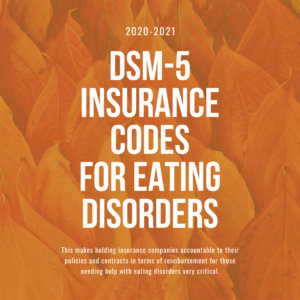
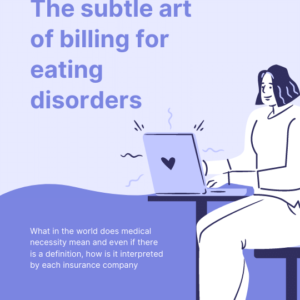
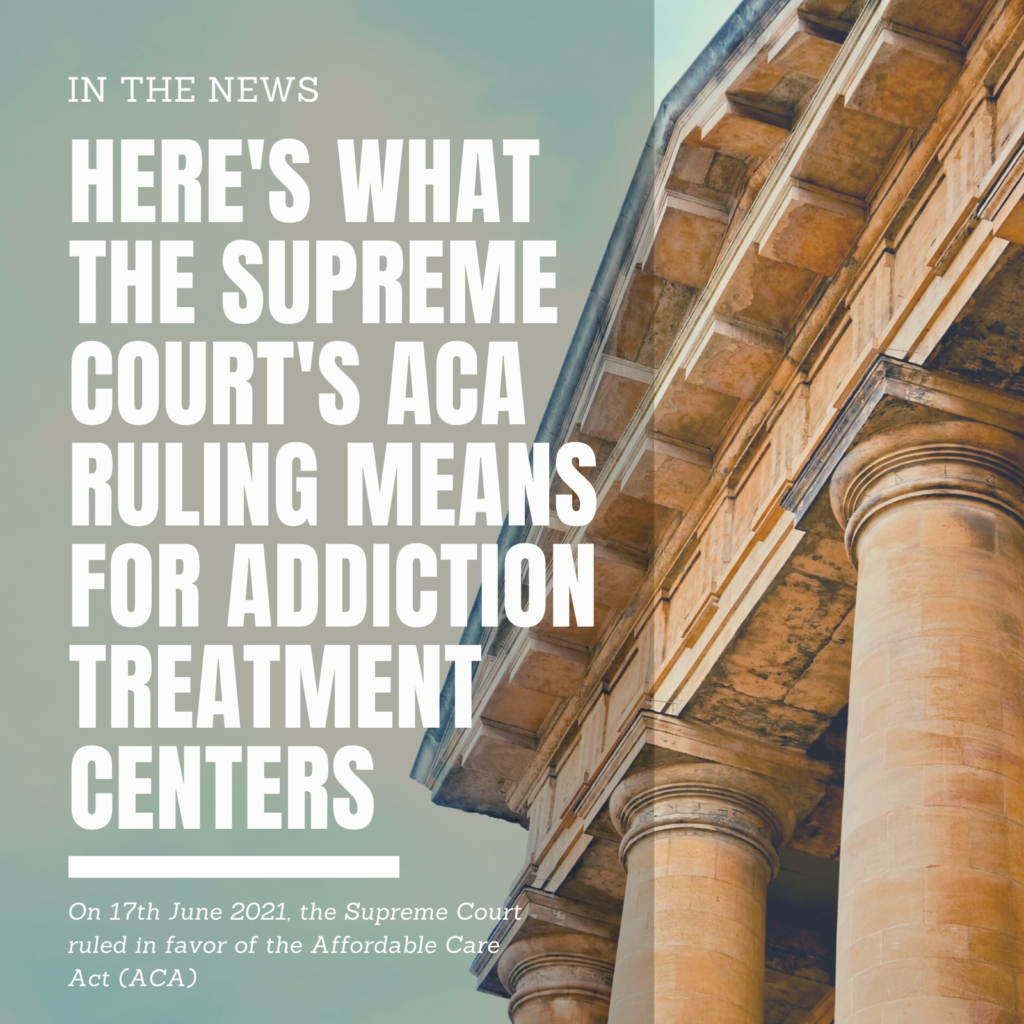
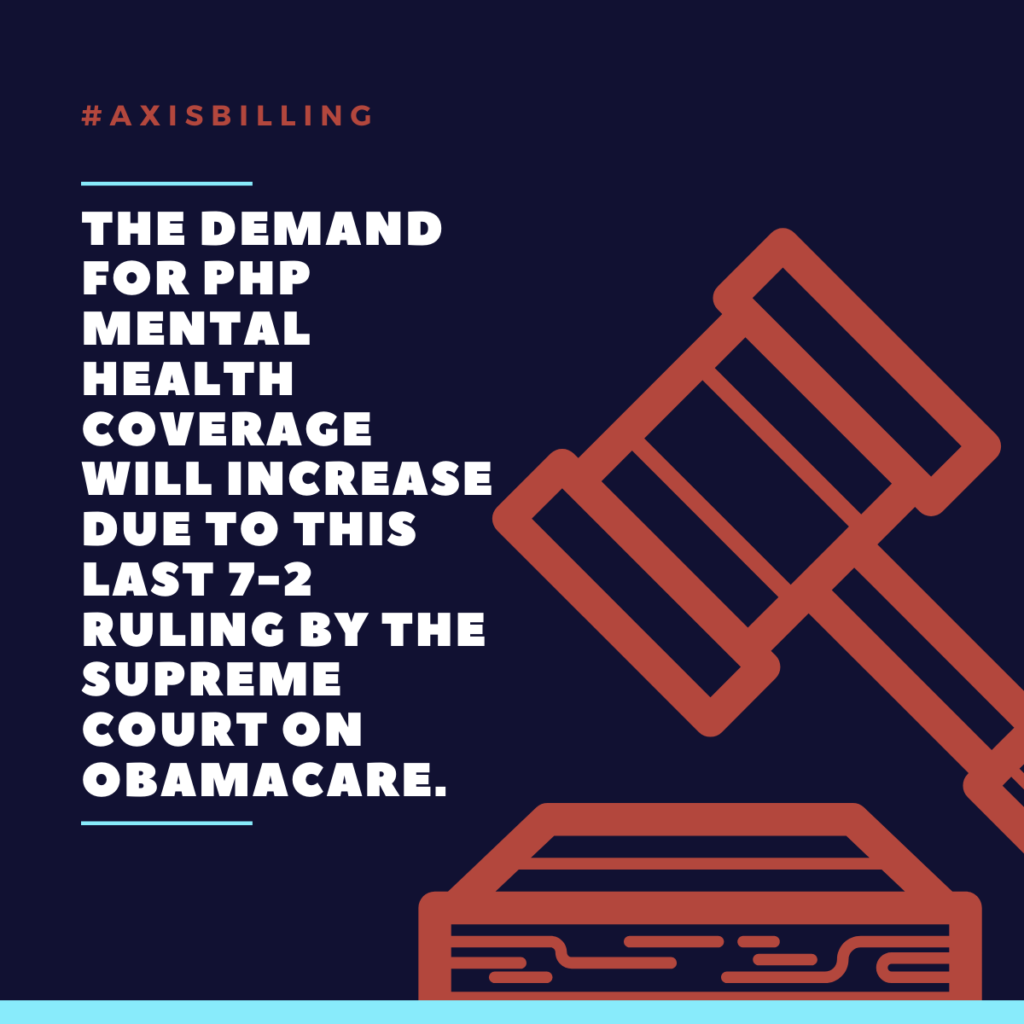
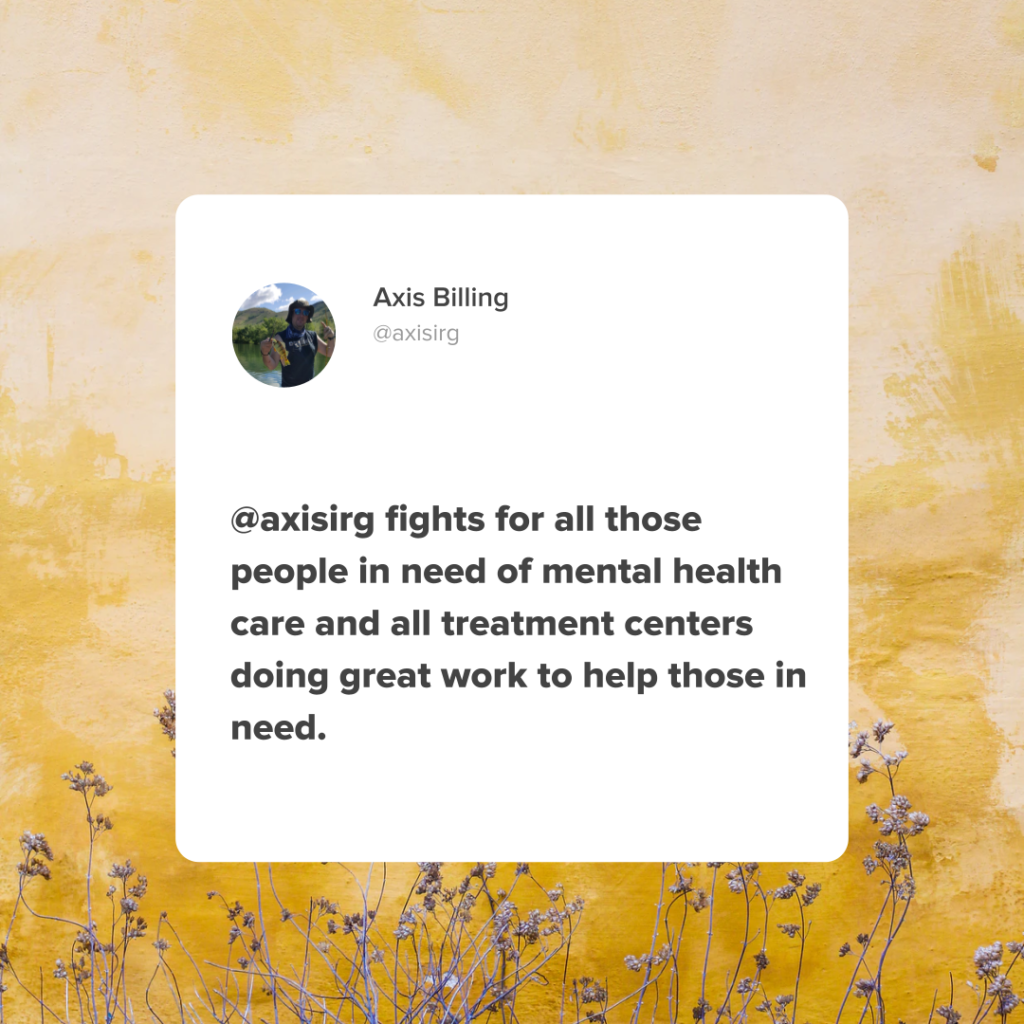

 Insurance Billing for PHP and IOP Eating Disorders
Insurance Billing for PHP and IOP Eating Disorders